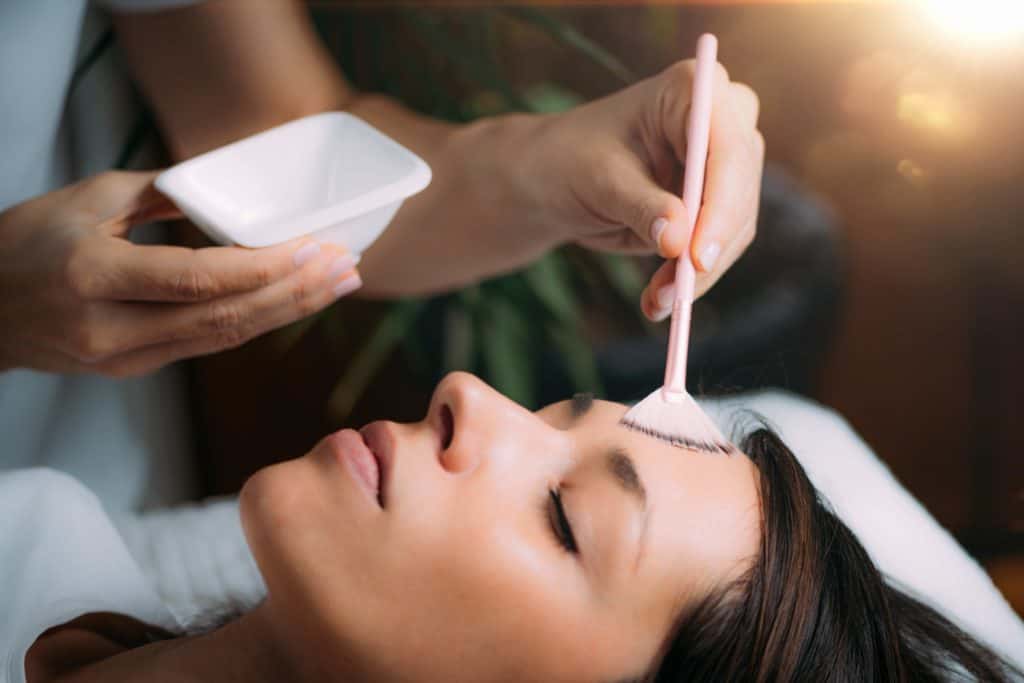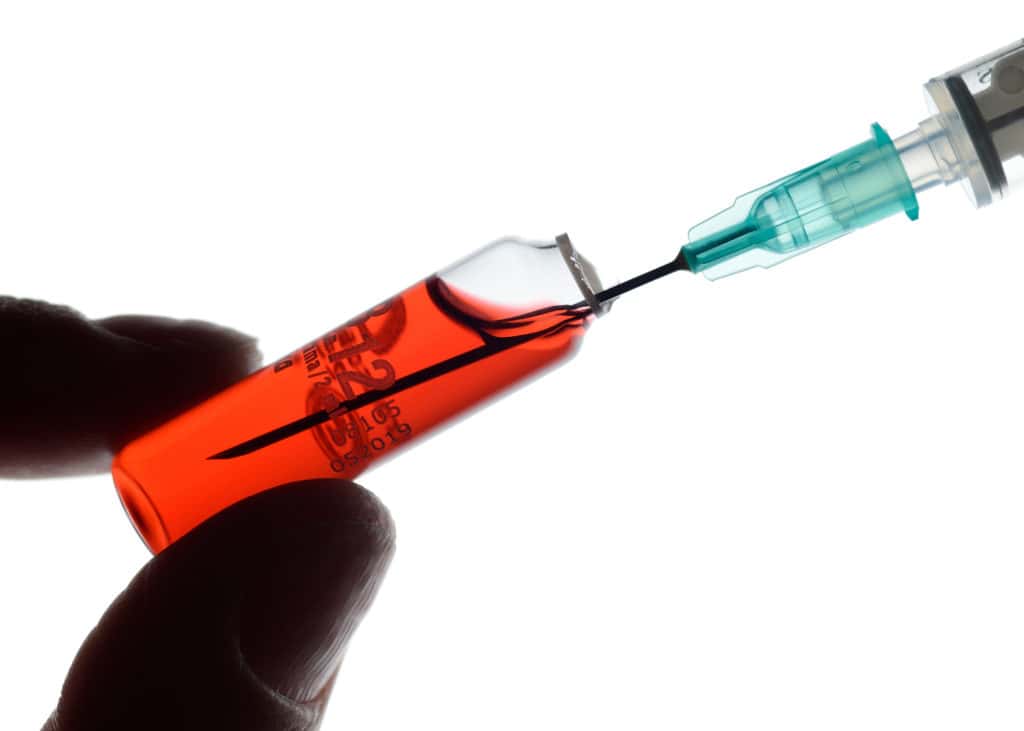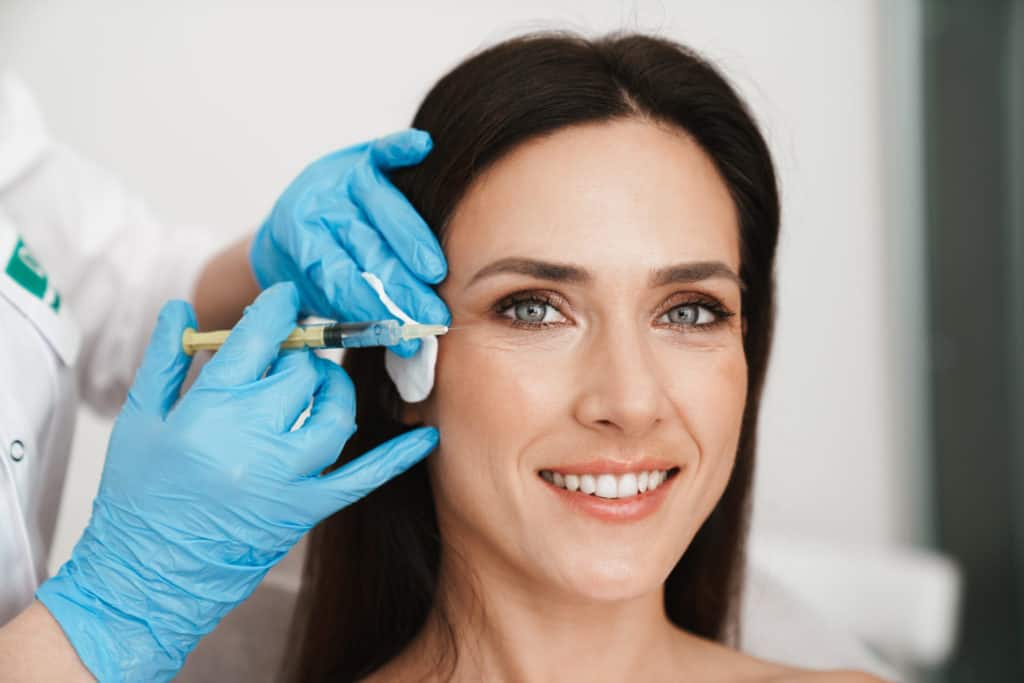Are you considering getting a chemical peel but concerned about the downtime? Don’t worry; you’re not alone! Downtime is an essential aspect of the chemical peel process that is often overlooked. Still, it’s crucial to understand what it entails and how to manage it.
In this blog post, we’ll deeply dive into downtime, how long it typically lasts, and some tips for managing it successfully. By the end of this post, you’ll have a better understanding of what to expect from your chemical peel treatment and be prepared for a smooth and successful recovery. So let’s get started!
What is a Chemical Peel?
A chemical peel is a cosmetic treatment that includes applying a solution to the skin to remove the top layers of dead skin cells, revealing smoother, brighter, and more even-toned skin. The solution used for a chemical peel typically contains one or more types of acids, such as alpha-hydroxy acid (AHA), beta-hydroxy acid (BHA), or trichloroacetic acid (TCA).
During a chemical peel treatment, the solution is applied to the skin in a controlled manner by a skilled and licensed skincare professional. The solution is left on the skin for a specific amount of time, depending on the type and strength of the peel. The solution works by breaking down the bonds between the dead skin cells on the surface of the skin, allowing them to be sloughed away more quickly.
Different types of chemical peels and their effects
There are three main types of chemical peels: superficial, medium, and deep. Each type of peel varies in strength and targets different skin concerns.
Superficial peels are the gentlest type of chemical peels. They are typically used to improve skin texture, brighten the complexion, and treat mild acne. They only penetrate the outermost layer of skin, the epidermis, and can be performed with no downtime.
Medium peels penetrate deeper into the skin, reaching the middle layer, the dermis. They can help to improve the appearance of fine lines, wrinkles, age spots, and acne scars. Medium peels may require a few days of downtime, as the skin may appear red, swollen, and flaky during the healing process.
Deep peels are the most potent chemical peels and can only be performed by a dermatologist. They penetrate deeply into the skin, reaching the lower layers of the dermis. Deep peels are typically used to treat severe sun damage, deep wrinkles, and precancerous growths. They require a more extended downtime of up to two weeks, during which the skin may blister and peel.
What to expect during a chemical peel treatment?
The skin will be cleaned and prepped for the solution during a chemical peel treatment. Using a brush or sponge, the solution will then be applied to the skin. Depending on the type and strength of the peel, the solution may be left on for several minutes or longer.
You may experience a mild tingling or burning sensation as the solution works. It is normal and will subside once the solution is neutralized and removed from the skin. After the treatment, your skin may be red and sensitive, but this should reduce within a few hours.
What is downtime concerning chemical peels?
Downtime refers to the time following a chemical peel treatment during which the skin may be red, sensitive, and peel or flake. Downtime is a natural part of the healing process. It is necessary to allow the skin to recover from the treatment entirely.
Downtime is caused by removing the top layers of skin during the chemical peel treatment. As the skin regenerates, new skin cells are produced to replace the old ones. This process can take several days to a few weeks, depending on the depth of the peel. During this time, the skin may be sensitive and more susceptible to damage, so avoiding direct sunlight, harsh products, and extreme temperatures during recovery is essential.
Why is it important to plan for downtime?
Planning for downtime is crucial when considering a chemical peel treatment. Downtime might last anywhere from a few days and several weeks, depending on the type of peel. During this time, avoiding social events, outdoor activities, and strenuous exercise is essential to give your skin the best chance to heal. Additionally, you’ll want to avoid wearing makeup or using harsh skincare products that could further irritate the skin.
By planning for downtime, you can ensure you have the time and resources to care for your skin after the treatment properly. It may include stocking up on gentle skincare products, planning to work from home for a few days, and scheduling your treatment when you can take a few days off work or other commitments.
How can you properly manage downtime?
The following best practices can help ensure a successful recovery after a chemical peel treatment:
- Keep the skin hydrated: Use a gentle moisturizer to soothe and hydrate the skin during recovery.
- Protect the skin from the sun: Avoid direct sunlight and wear a wide-brimmed hat and sunscreen with at least SPF 30 outside.
- Avoid picking or peeling the skin: Allow the skin to peel or flake naturally, as picking at the skin can cause scarring and other damage.
- Stay well-hydrated: Drink plenty of water to help the body flush out toxins and promote healthy skin cell regeneration.
Avoiding activities that can irritate or damage the skin during recovery is essential. Here are some activities to avoid:
- Excessive sweating: Avoid strenuous exercise or activities that cause excessive sweating, as sweat can irritate the skin and slow healing.
- Hot water and steam: Avoid hot showers, steam rooms, and saunas, as the heat can further irritate the skin.
- Harsh skincare products: Avoid using harsh skincare products or exfoliants that can irritate the skin.
By following these tips for managing downtime after a chemical peel treatment, you can ensure that your skin heals properly and enjoys the full benefits of the treatment.
Have a Successful Downtime after a Chemical Peel Treatment
Following our tips and best practices gives your skin the best chance to heal and regenerate properly. Now, you can enjoy the benefits of a smoother, more radiant complexion.
Remember, downtime after a chemical peel treatment is typical. It’s essential to plan, follow the aftercare instructions, and take care of your skin during recovery to ensure a successful outcome.
At ReNu Aesthetics & Wellness, we can guide you through the entire chemical peel treatment process, from the initial consultation to aftercare instructions. If you’re considering a chemical peel treatment, don’t hesitate to contact us at 816.739.4013. We’d be happy to answer any of your queries and help you schedule a consultation to get started.



